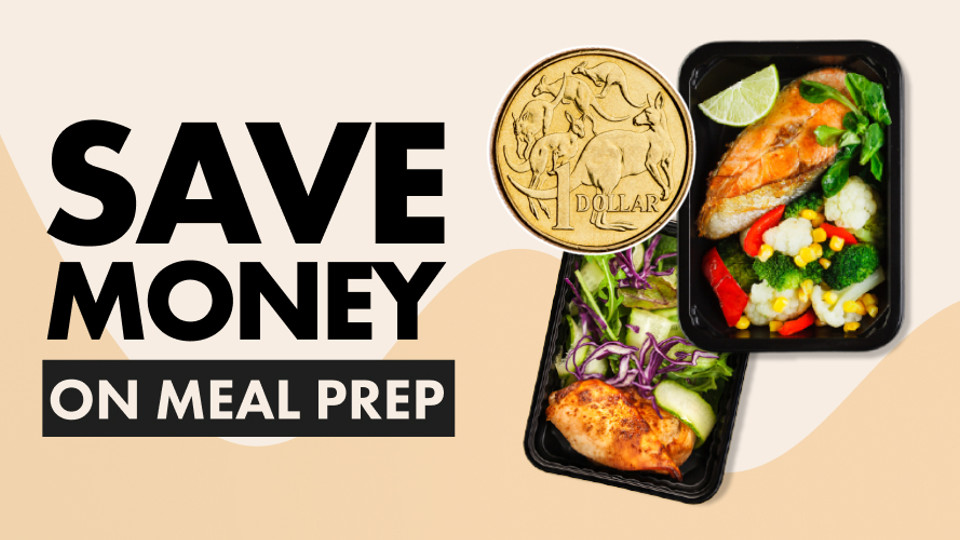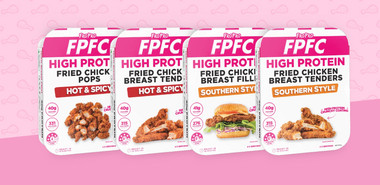
Meal providers aim to provide you with convenient and tasty meals that take the stress out of cooking. With meals starting at just $4.00, many providers also want their meals to be affordable.
So how do they reduce their overheads and make a profit? We explore 8 money-saving strategies meal providers use that helps to keep the costs low.
8 money-saving strategies meal providers use
1. Bulk buying ingredients
Purchase anything in bulk and you can make a saving. Producing thousands of meals enables meal providers to purchase ingredients in large quantities from wholesale suppliers.
While you may not be buying kilos and kilos of mince in one transaction, you can also make savings by purchasing items in bulk. Purchase staples you use regularly such as spices, legumes, flour and grains in large quantities.
You can also purchase items in bulk that can be frozen such as berries or meat. Buying direct from a farmer can also make significant savings to your grocery bill.
2. Recipes with similar ingredients
Notice a lot of the recipes feature tomato or chicken? Online meal providers strategically plan their menus so that they can make the most of the ingredients.
You can do the same at home by choosing recipes that use similar ingredients. Bolognese, Chilli Con Carne and Shepherd’s Pie for example all use a similar base of mince, tomato and spices. Cooking in this way can also help save you time with your meal prep.
3. Weighing everything

You won’t find meal provider chefs just adding a little bit of this and a little bit of that.
Everything is weighed preciously not only to ensure all the meals are of the same nutritional value but to also ensure minimal wastage and budgeting.
Weighing ingredients at home can also help you make savings on your home-cooked meals. It can also assist with your portion control which can be helpful if you’re looking to reach a particular health goal.
4. Less meat
Often you’ll find convenient meals contain less meat than you may use in your home-cooked meals. This is particularly true for those that only offer one serving size or are portion controlled.
Meat is one of the more expensive ingredients, so reducing the portion can help make a saving. Eliminating it altogether is another way meal providers can save.
If you’re worried about meeting your protein requirements, fill out the meal with beans or legumes. For example, use half beef mince and half lentils in a bolognese sauce.
5. Finely shredding
Finely shredding vegetables and meats helps to give the illusion there is more in the meals. It also is another commonly used strategy to minimise wastage.
Give it a try! Grate some cheese on the finest setting verse the coarser one. The same weight of cheese looks greater when finely shredded.
6. Using refined carbohydrates
Refined carbohydrates are cheap. You’ll often find meal providers who are less focused on creating healthy, well-balanced meals use carbohydrates like white rice or pasta as a main element of the dish.
Not only are refined flour products cheaper to purchase, but they can also be stored for a long time with minimal impact on their nutritional value. Proteins and quality fats, on the other hand, need to be kept frozen or used relatively quickly to avoid nutrient loss or spoiling.
7. Adding vegetable oils
Vegetable oils such as canola or sunflower oil are much cheaper for manufacturers to make and for meal providers to purchase than compared to healthy options such as olive oil.
You’ll find vegetable oils in a large majority of convenient meals on the market. While it might mean your cost per meal is less, there are health concerns due to the consumption of these oils increasing our intake of damaging omega-6 fatty acids. The science suggests this could be linked to inflammation, autoimmune disease and many cancers.
8. Using additives
Another cheap ingredient you’ll find in processed foods and convenient meals are additives. These are used to enhance flavour and make the meals more appealing.
A natural ingredient such as vanilla almost always costs more than an artificial vanilla flavour. And when the flavour is often what keeps us coming back and buying more, meal providers know its importance.
Remember, artificial flavours are used in foods because processing destroys any natural flavour. But flavours can comprise of up to 50 ingredients and the term “natural” can be very deceiving.




